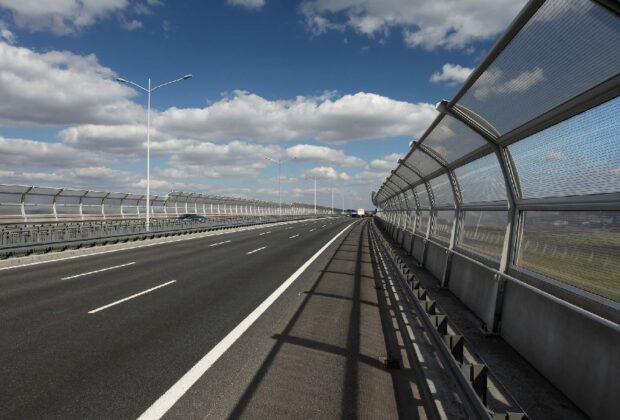Noise pollution has become a widespread issue in today’s world, with excessive traffic, industrial activities, and urbanization leading to an increase in noise levels. Public areas such as highways, airports, and residential complexes are particularly affected by this problem.
Installing noise barriers is an efficient solution for mitigating noise pollution in such areas, as they help block unwanted noise and reduce its impact on the surrounding environment. However, installing noise barriers can be a challenging task. Without proper planning and execution, they may not effectively reduce noise levels and may even cause more problems, such as obstructing sightlines, reducing air quality, or creating maintenance challenges. This blog post provides tips for installing noise barriers in public areas to guarantee their effectiveness and sustainability.
1. Identify the noise source and its intensity levels to determine the appropriate barrier material.
When installing noise barriers in public areas, it is important to identify the noise source and its intensity levels to determine the appropriate barrier material. This step is crucial in ensuring the effectiveness of the noise barrier. The noise levels can be measured using a decibel meter, and the source of the noise can be determined by observing the area for a period of time or by conducting a noise mapping study.
Once the noise source and its intensity levels have been determined, the appropriate barrier material can be selected based on its noise reduction properties, durability, and aesthetic appeal. It is recommended to consult with a noise control specialist or acoustical consultant to ensure the proper selection and installation of noise barriers in public areas.
2. Choose a barrier design that suits the area’s aesthetics and functionality, such as reflective or absorptive barriers.
When installing noise barriers in public areas, it is important to choose a barrier design that not only serves a functional purpose but also complements the area’s aesthetics. Reflective or absorptive barriers are two popular options.
Reflective barriers serve to reflect sound waves back to the source, while absorptive barriers absorb sound waves to reduce noise levels. When choosing between the two, consider the noise levels in the area and the type of environment. A reflective barrier may be more appropriate for high traffic areas where noise pollution is consistently high, while an absorptive barrier may be better suited for a more tranquil area where maintaining a calming atmosphere is important.
Ultimately, the choice of barrier design should strike a balance between functionality and aesthetics to ensure a pleasing and effective solution for noise control.
3. Consider the location’s accessibility and safety factors to ensure a secure and long-lasting installation.
When installing noise barriers in public areas, it is imperative to prioritize safety and accessibility factors. This is because a poorly placed or installed noise barrier can create safety hazards, leading to long-term liability issues. Therefore, before commencing the installation process, it is essential to consult with a safety or accessibility expert to identify the potential safety and accessibility issues.
Moreover, the installation site must be carefully examined to ensure that it is safe and accessible. For instance, it is vital to assess the terrain and whether it poses any safety risks for both the installation crew and the public. Additionally, accessibility issues such as access for emergency vehicles, walking, and wheelchair ramps should be considered to avoid future disputes. By identifying and addressing these safety and accessibility factors, a secure and long-lasting installation can be achieved.
4. Use appropriate installation materials and techniques, such as anchoring systems, to prevent the barrier from shifting or falling.
When installing noise barriers in public areas, it is essential to use appropriate installation materials and techniques to prevent the barrier from shifting or falling. This is critical to ensure the safety and effectiveness of the barrier system.
Anchoring systems should be employed to secure the barrier, and the materials used should be of high quality and durable enough to withstand outdoor elements. It is also important to follow proper installation techniques to ensure that the barrier is installed securely and will remain stable over time.
By taking these steps, noise barriers can be effectively installed in public areas, providing a safe and effective way to reduce noise pollution for nearby residents and businesses.
In conclusion, installing noise barriers in public areas can be a tricky task and demands careful planning and execution. Following the above-mentioned tips, such as selecting the right material, designing the barrier suitably, and analyzing the noise levels, can aid in a successful installation process.
It is important to remember that noise barriers are not only functional but also contribute to aesthetic appeal. Therefore, it is crucial to keep both aspects in mind while installing the noise barriers to ensure they serve their purpose effectively and complement the surroundings.








